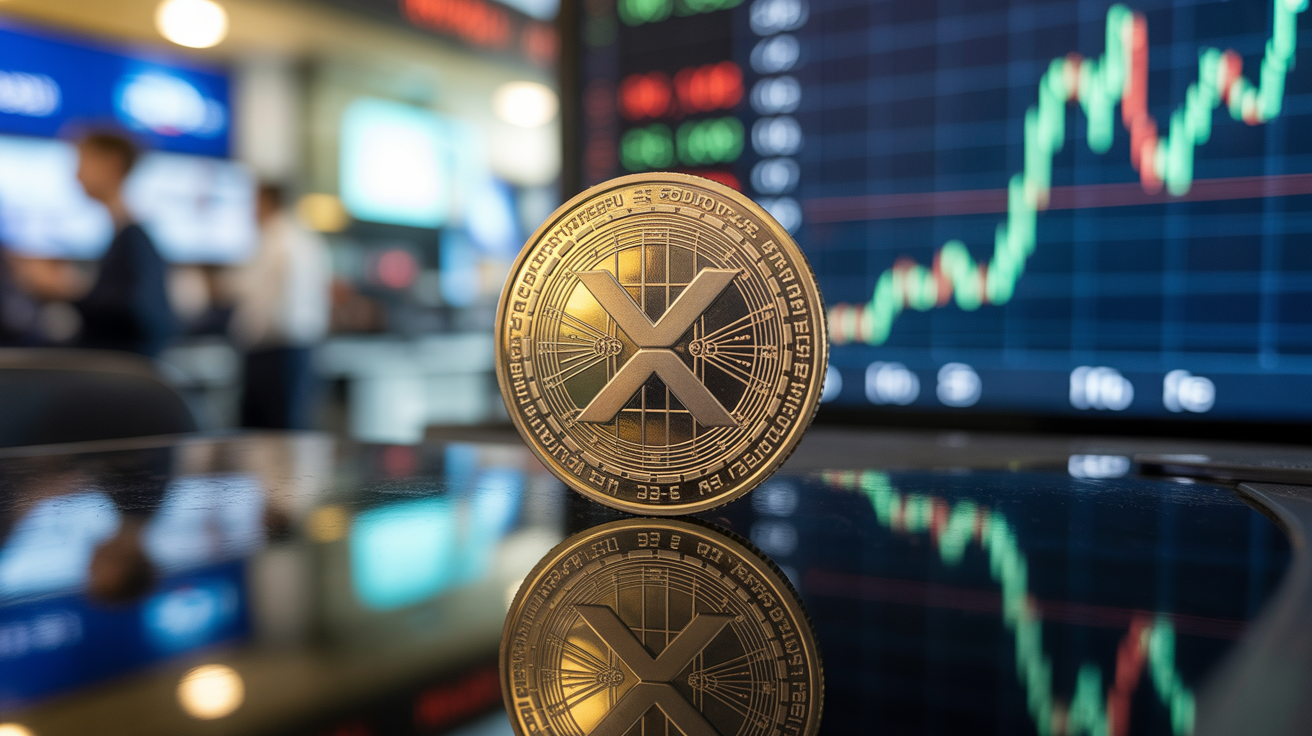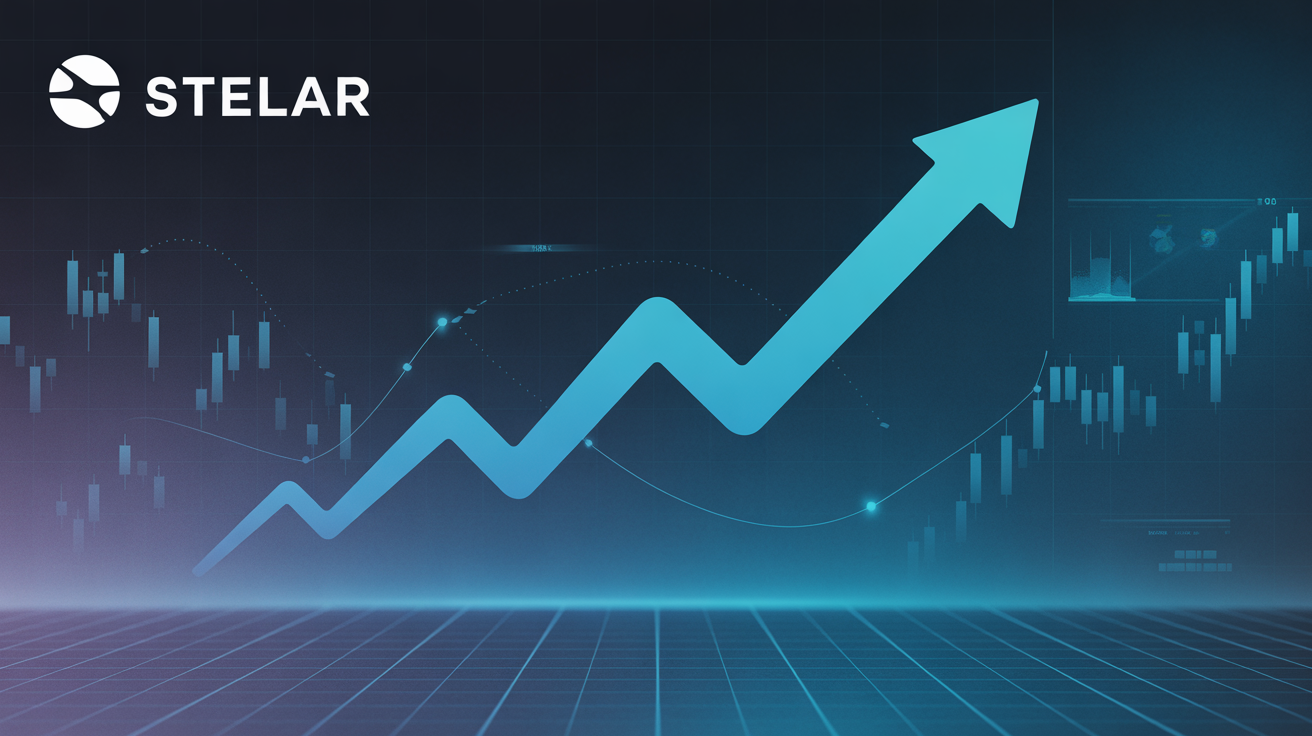Bitcoin’s Long-Term Bullish Sentiment Wanes as Options Market Turns Cautious
The long-term optimism that once underpinned Bitcoin’s derivatives market is beginning to fade, as macroeconomic concerns—particularly inflation—reshape investor expectations. For the first time in months, the options market is signaling a neutral stance on Bitcoin’s future price trajectory.
According to data from Amberdata, the 180-day skew—an options metric that measures the spread between out-of-the-money call and put volatility on Deribit—has declined to zero. This suggests that traders are no longer favoring bullish upside over downside protection in longer-dated contracts.
A Flashback to 2022?
Griffin Ardern, head of options trading and research at BloFin, noted the shift bears resemblance to the early warning signs that preceded Bitcoin’s 2022 bear market.
“We’re seeing a familiar pattern,” Ardern told CoinDesk. “Bullish sentiment in far-dated options has completely disappeared. The market is signaling reduced confidence in Bitcoin establishing new highs or sustaining an uptrend in the near future.”
The 180-day skew turning neutral suggests equal demand for calls and puts—indicating that investors are uncertain about where BTC is headed. In more bullish phases, the skew tends to lean toward calls, reflecting greater demand for upside exposure.
Yield Strategies Are Playing a Role
The shift may not be entirely sentiment-driven. The growing popularity of structured products—particularly covered call strategies—may be contributing to the drop in call option implied volatility.
These strategies involve selling out-of-the-money calls against spot holdings to earn passive yield. As their usage grows, they exert downward pressure on call prices, flattening the volatility skew even if broader positioning doesn’t change dramatically.
Inflation Risks, Weak Data Fuel Downside Caution
Bitcoin slid over 4% last week, briefly testing support near $11,965, following a combination of disappointing U.S. jobs data and a hotter-than-expected core PCE print—the Federal Reserve’s preferred inflation gauge.
The decline pushed short-term skew into negative territory as traders increased demand for protective puts, anticipating further downside.
Ardern pointed to emerging inflationary signals from global supply chains. “Although falling car prices helped soften last month’s CPI reading, the real pressure is coming from tariffs, shipping costs, and delayed logistics,” he said. “Retailers are beginning to pass those costs along to consumers, even if the full impact hasn’t shown up yet.”
Trump’s Tariffs Could Delay Fed Rate Cuts
JPMorgan now projects global core inflation to reach an annualized 3.4% in the second half of 2025, citing renewed U.S. tariffs introduced by former President Donald Trump as a key driver. Analysts believe the inflation spike will be concentrated in the U.S., potentially limiting the Fed’s ability to ease policy.
Trump has continued to pressure the Fed over its 4.25% interest rate stance, but rising inflation may force the central bank to hold its ground longer than expected.
Key Economic Data on the Radar
Traders are watching this week’s economic releases closely. Tuesday’s ISM non-manufacturing PMI will provide insight into the inflationary outlook in the service sector, while CPI and PPI reports due later in the week could further influence expectations for monetary policy.
Outlook: Long-Term Neutrality Takes Hold
With volatility skew neutral, macro risks intensifying, and no immediate bullish catalysts in sight, Bitcoin’s long-term options market has moved to the sidelines. Unless inflation pressures cool or the Fed signals a shift in tone, expectations for a sustained rally may continue to fade.





























